July 2, 2019 report
Complementary vibrational spectroscopic techniques used to test ancient burned bones
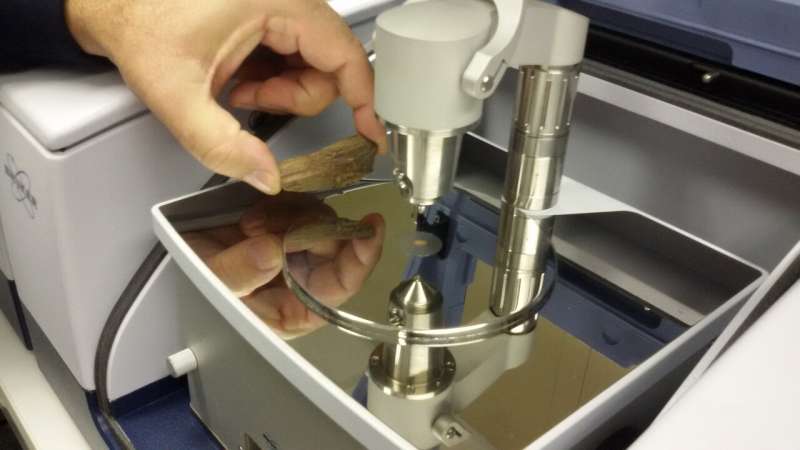
A team of researchers affiliated with several institutions in Italy has found a way to use three complementary vibrational spectroscopic techniques to test ancient burned bones. In their paper published in the journal Science Advances, the group describes the techniques they used and what they observed.
Archeologists frequently uncover bones, human and otherwise, during the course of their work. And oftentimes, the bones they find are charred. In cases in which extreme burning has taken place, there is little the bones can tell the finders of their history. That appears to be changing, however, as the researchers with this new effort have found that vibrational spectroscopic techniques can estimate the heat of the fire—a statistic that could be contribute to the story of a dig site.
As the researchers note, when bones are burned, their chemical structures change dramatically—but the remaining molecules can still reveal information. This is partly due to the fact that all molecules vibrate. To learn more about the burned bones, the researchers used three types of vibrational spectroscopic techniques: inelastic neutron scattering (INS), Fourier transform infrared (FTIR), and micro-Raman. They used all three techniques on a wide variety of bone samples from the Middle Ages, back to the Roman Empire period, to the Copper Age and the Neolithic period. They also included some modern bones that they burned in their lab in different ways, as a control.
The researchers report that the techniques had different strengths—INS, for example, was particularly useful for studying hydrogen-containing compounds in the bones. Vibrations that showed weakly via micro-Raman were stronger when using FTIR. The researchers were able to use the complementary techniques to determine the temperatures at which several of the specimen bones had been burned—440 degrees Celsius, for example, for a skull found at a medieval site, and 500 degrees Celsius for a hand bone from the Copper Age. They also note that the three techniques they used could also be used for modern-day forensic efforts.
-
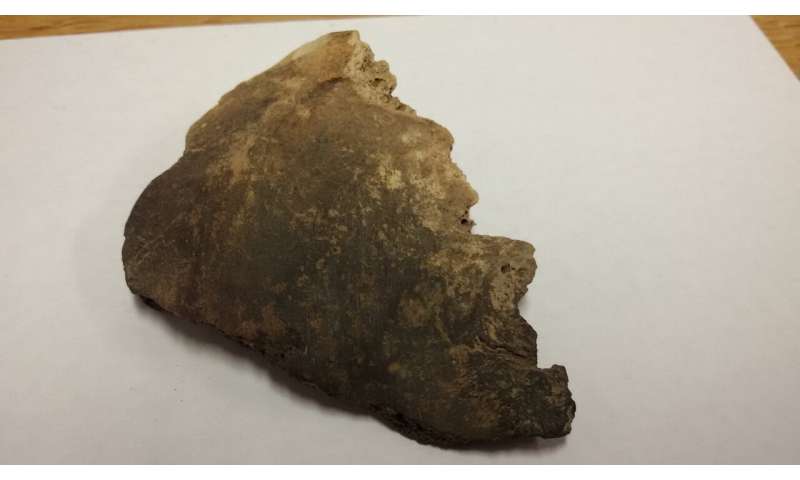
Ancient bones. Credit: G. Festa -
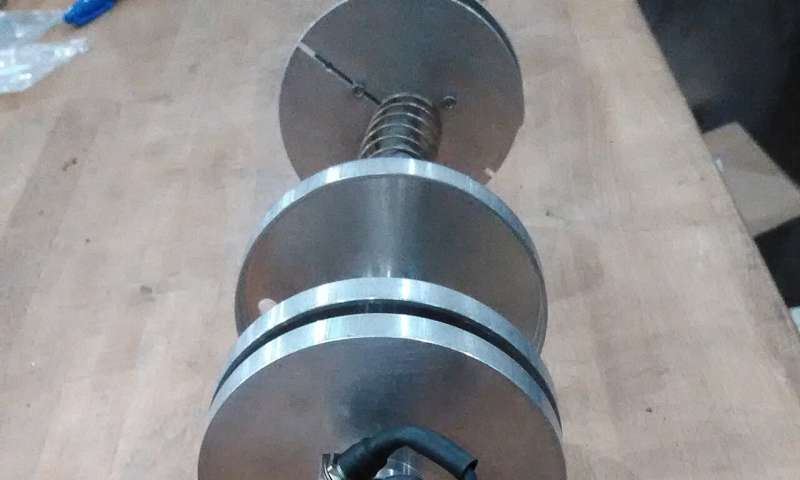
Ancient bones in the sample holder. Credit: G. Festa -
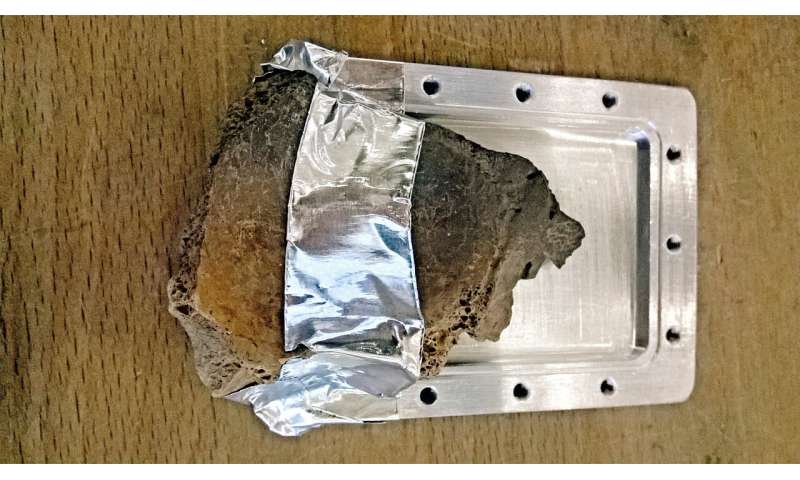
Sample in the sample holder. Credit: G. Festa -
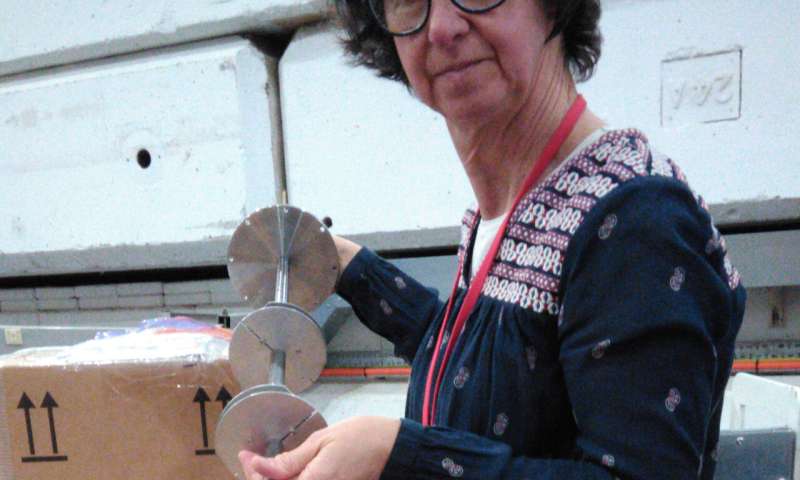
M. P. Marques at work. Credit: G. Festa
More information: G. Festa et al. First analysis of ancient burned human skeletal remains probed by neutron and optical vibrational spectroscopy, Science Advances (2019). DOI: 10.1126/sciadv.aaw1292
Journal information: Science Advances
© 2019 Science X Network




















